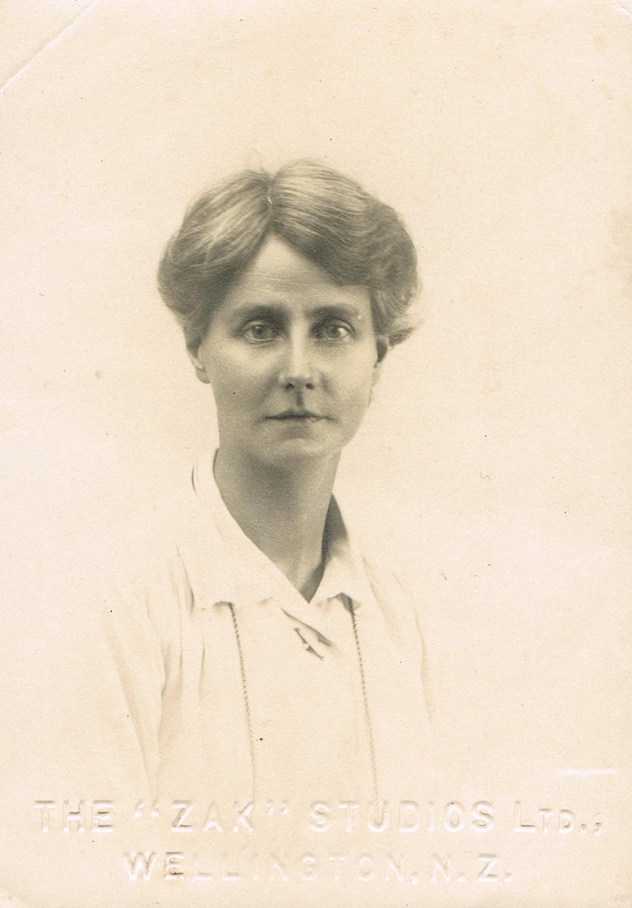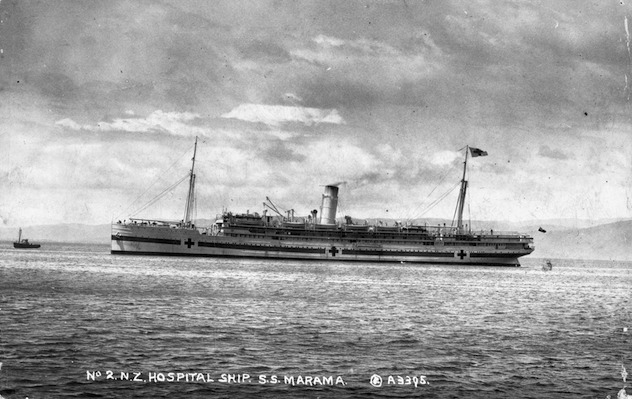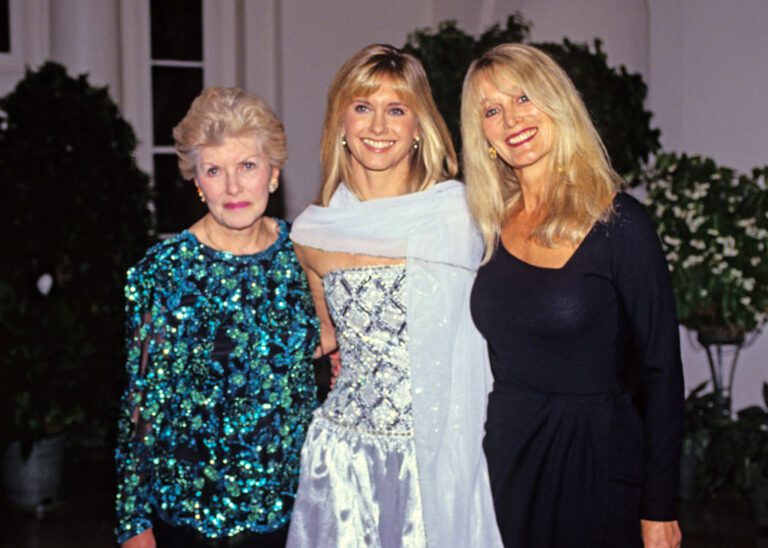Auckland nurse Vicki Ward felt she was walking in the footsteps of her great-great-aunt when she nursed on the hospital ship Africa Mercy.
In 2013, Ward served with Mercy Ships, a faith-based charity that provides free medical care for people in some of the world’s poorest countries. Almost 100 years earlier, her great-great-aunt, Eliza Richardson, had nursed on board the New Zealand Government hospital ship, Marama, during World War I (WWI).
Ward first learned about her illustrious great-great-aunt from her mother, who was compiling a history of her great-great-grandfather, Colonel Powles, and his wife Jessie.
“Mum told me that Jessie’s sister Eliza had nursed on a hospital ship in WWI,” says Ward. “I had always wanted to do voluntary work overseas and I was excited to be following in my ancestor’s footsteps.”

Ward joined the floating hospital, Africa Mercy, and worked in the maxillofacial theatre in Guinea, and then as lead plastic-surgery nurse when the ship docked in the Congo on Africa’s west coast.
Coincidentally, Ward’s four-month stint on Africa Mercy came nearly 100 years after her great-great-aunt’s war-time service on Marama.
In 1915, Eliza Richardson enlisted with the newly formed New Zealand Army Nursing Service and within days she was on Marama, bound for Egypt where wounded Kiwi soldiers were recuperating in the British Military Hospital in Alexandria.
Fast forward 100 years and another coincidence occurred when Ward was attending a fundraising event for Mercy Ships on Auckland’s waterfront.
“I suddenly realised that Marama’s launch Nautilus was moored nearby,” says Ward, who boarded the launch loaned by the Maritime Museum. Nautilus was used to transport passengers to Marama and may well have carried her great-great-aunt.
“It had always fascinated me that Eliza had worked on a hospital ship in the early 19th century under such horrendous conditions,” Ward recounts. “I think she was very courageous to sail off into the unknown. She came from a respected Wellington family and could have had a much easier life.
“Eliza never married, but her sister – my great-great-grandmother Jessie – and her husband Colonel Powles had three children who were my great-aunts and uncles, and their children live in the Wellington area. We’re a close family across the generations.
We’d holiday up the Kapiti Coast with my second cousins or on the family farm near Otaki, and my two children are in touch with their third cousins. I grew up hearing stories about these people and so they’re very real to me.”
Like her great-great-aunt, Ward has made nursing her vocation and they share a similar career path. Both completed their three-year nursing training, worked in general hospitals and served on hospital ships, and were Plunket nurses for a time.
“During WWI, Eliza would have changed countless thousands of dressings, given medicines, made beds and comforted innumerable wounded men,” Ward reflects.
After the war, her great-great-aunt was transferred to a military hospital in Rotorua and later worked in a Miramar aged care home. She was awarded the 1914-1918 Star, the British War Medal and the Victory Medal, and commended for her valuable war service.
Eliza died at age 47 and is buried in the family plot at Karori Cemetery in Wellington.

WWI Hospital Ships
When casualties began to mount in Gallipoli, the New Zealand Government commissioned two former Union Steam Ship Company passenger liners, Marama (pictured left) and Maheno, as hospital ships as part of the country’s war effort. The Maheno was the first to embark and she carried thousands of wounded men from Anzac Cove, Gallipoli, to hastily improvised hospitals on nearby Greek islands.
Hundreds of tradesmen worked 24 hours a day to convert Marama into a six-theatre, 600-bed hospital ship, in just 23 days. In December 1915, she sailed for Egypt with a mixed crew of civilian seafarers and army medical staff, just after the Allied evacuation of Gallipoli. Nurses worked day and night to treat queues of 400 to 500 men waiting outside the dressing room.
When the war ended in 1918, Marama and Maheno served as troopships, finally “bringing our boys home”.






